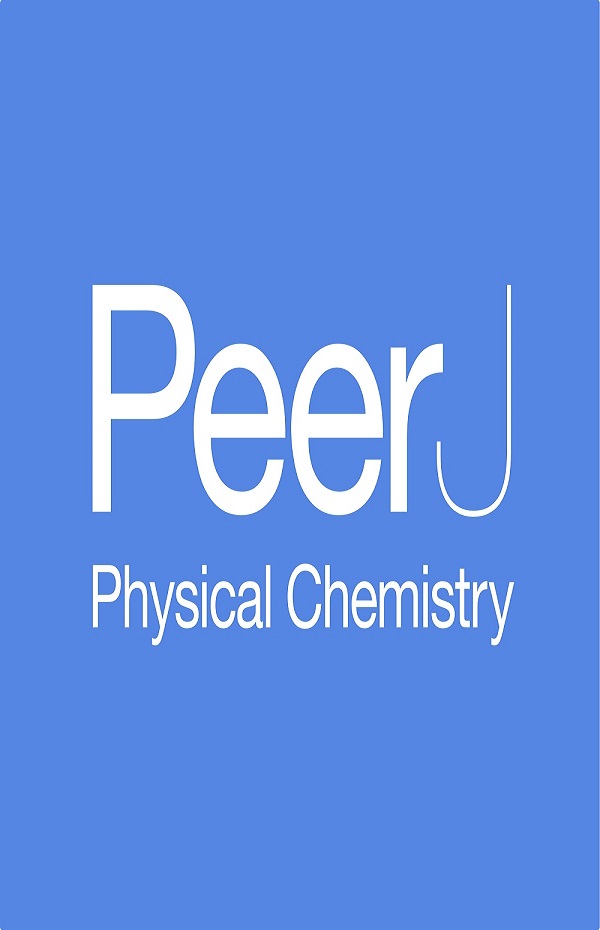在快节奏和全节拍范围内,SNARC 对节拍的影响是一致的,但在慢节拍范围内仍有争议
IF 2.3
3区 生物学
Q2 MULTIDISCIPLINARY SCIENCES
引用次数: 0
摘要
最近的证据表明,音乐节奏存在空间关联,左手对相对较慢的节奏反应较快,右手对相对较快的节奏反应较快。我们参考了一项研究,该研究系统地探讨了不同节奏范围内的空间关联,结果显示只有在快节奏范围内才有明显的影响(DOI 10.3758/s13414-019-01945-8)。本研究进一步探讨了不同节奏范围(即 "全速"、"慢速 "或 "快速 "节奏范围)之间是否存在空间关联。具体而言,本研究旨在:(1)测试全速度范围内节奏的空间关联(实验 1);(2)进一步研究慢速和快速节奏范围内空间关联的发生情况(实验 2)。实验 1 发现,在全速度范围内(40-200 bpm)都会出现速度的空间关联。实验 2 证实了快节奏范围内(133-201 bpm)的这种关联,但在慢节奏范围内(40-104 bpm)却出现了矛盾的结果。这表明,在慢节奏范围内存在空间关联是合理的,尽管还需要进一步的研究来澄清这一现象。本文章由计算机程序翻译,如有差异,请以英文原文为准。
SNARC-like effect for tempo is consistent for fast and full tempo ranges but still controversial for slow tempo range
Recent evidence suggested the existence of a spatial associations for music tempo with faster left-hand responses to relatively slow tempos and faster right-hand responses to relatively fast tempos. We refer to a study that systematically explored these spatial associations across different tempo ranges, revealed a clear effect only in the fast tempo range (DOI 10.3758/s13414-019-01945-8). The present study further investigated whether a spatial association exists across different tempo ranges (i.e., “full”, “slow” or “fast” tempo range). In particular, the present study was conducted aiming (1) to test the spatial associations for tempo in the full tempo range (Experiment 1) and (2) to further investigate the occurrence of this spatial associations in the slow and fast tempo ranges (Experiment 2). Experiment 1 revealed a spatial association for tempo occurs in the full tempo range (40–200 bpm). Experiment 2 confirmed this association in the fast tempo range (133–201 bpm) but showed contradictory results in the slow tempo range (40–104 bpm). This suggests that a spatial association is plausible in the slow tempo range, although further research is needed to clarify this phenomenon.
求助全文
通过发布文献求助,成功后即可免费获取论文全文。
去求助
来源期刊

PeerJ
MULTIDISCIPLINARY SCIENCES-
CiteScore
4.70
自引率
3.70%
发文量
1665
审稿时长
10 weeks
期刊介绍:
PeerJ is an open access peer-reviewed scientific journal covering research in the biological and medical sciences. At PeerJ, authors take out a lifetime publication plan (for as little as $99) which allows them to publish articles in the journal for free, forever. PeerJ has 5 Nobel Prize Winners on the Board; they have won several industry and media awards; and they are widely recognized as being one of the most interesting recent developments in academic publishing.
 求助内容:
求助内容: 应助结果提醒方式:
应助结果提醒方式:


